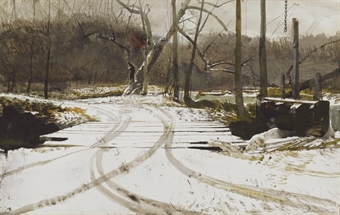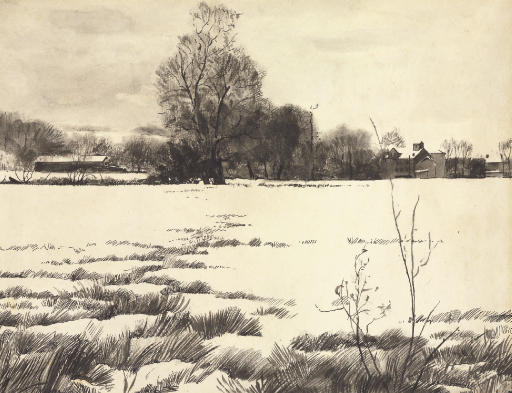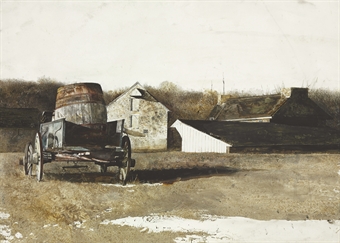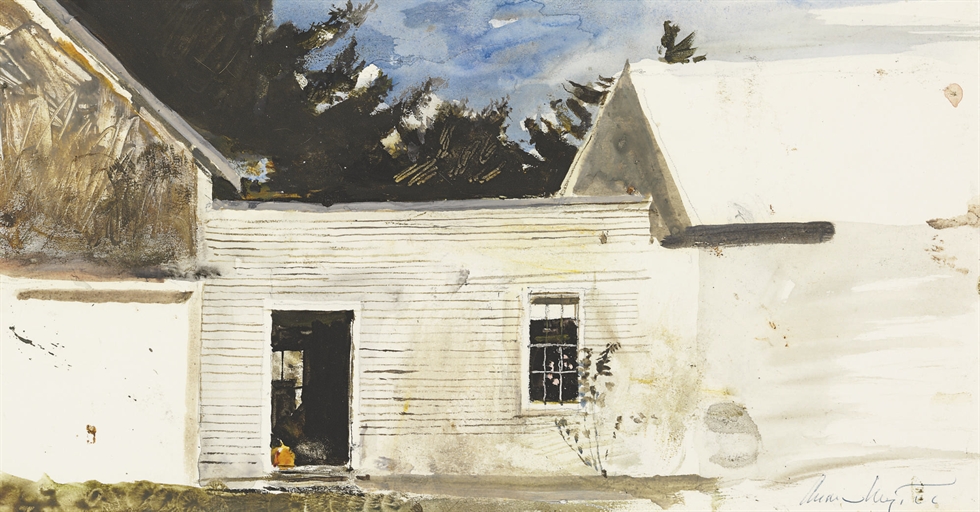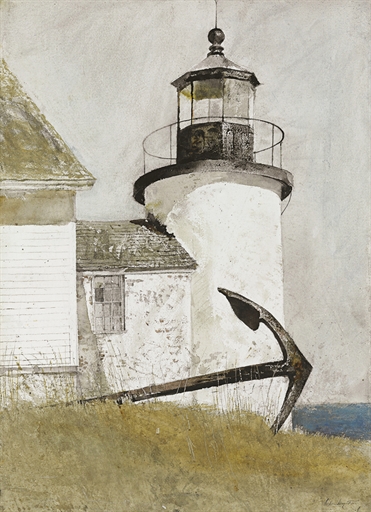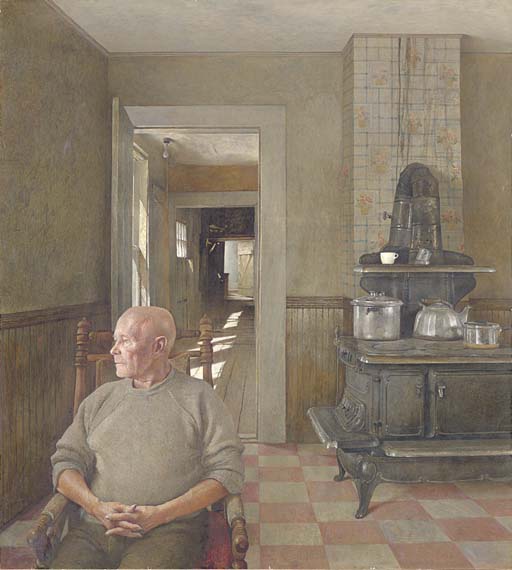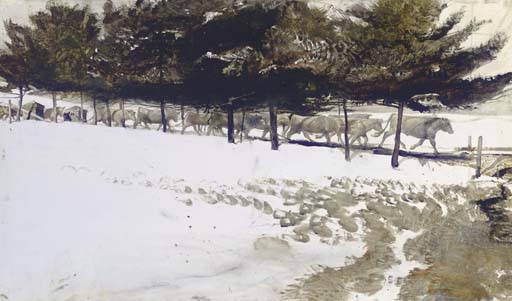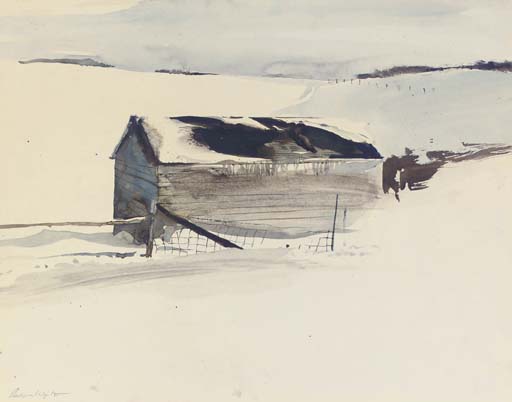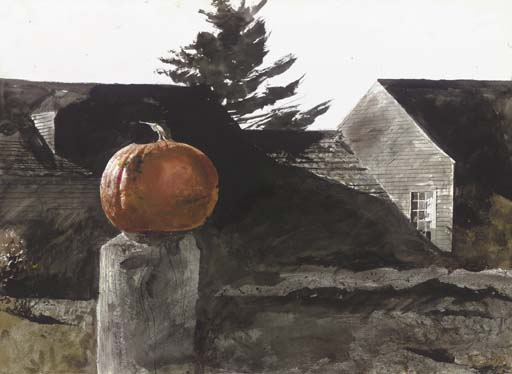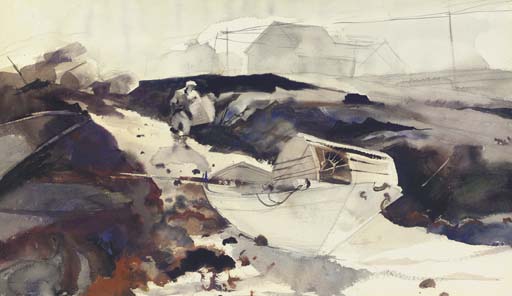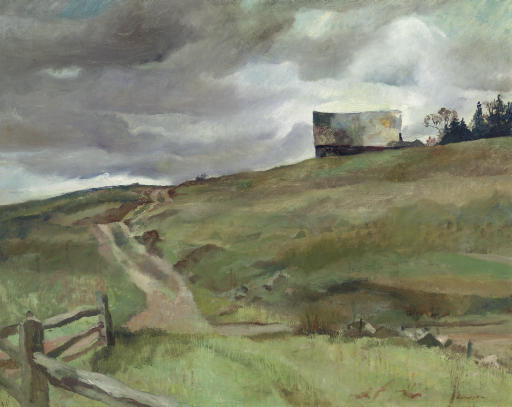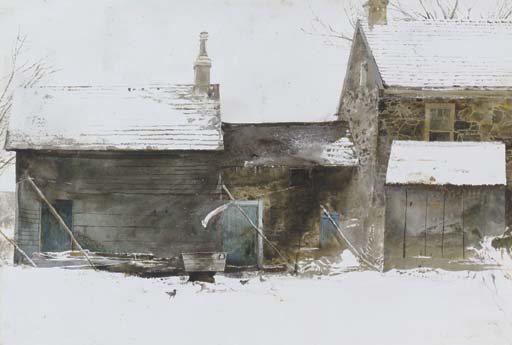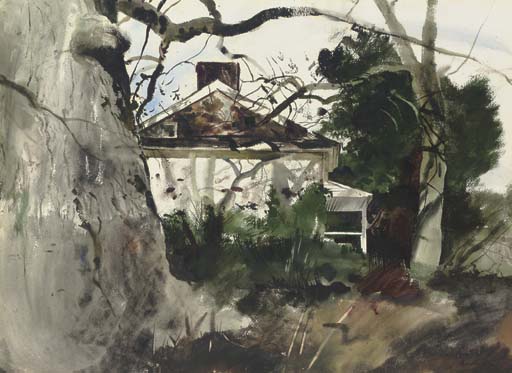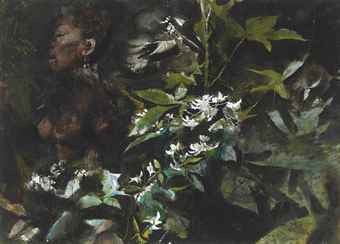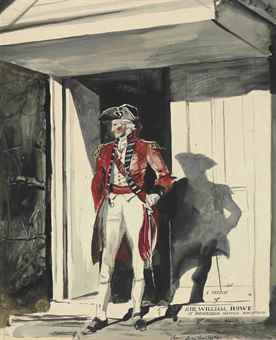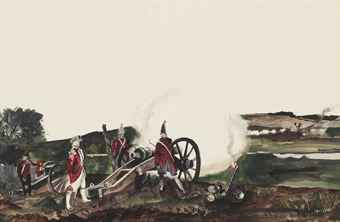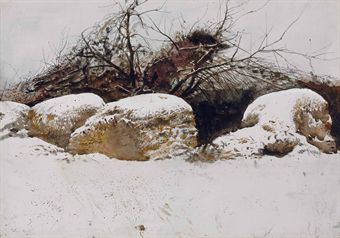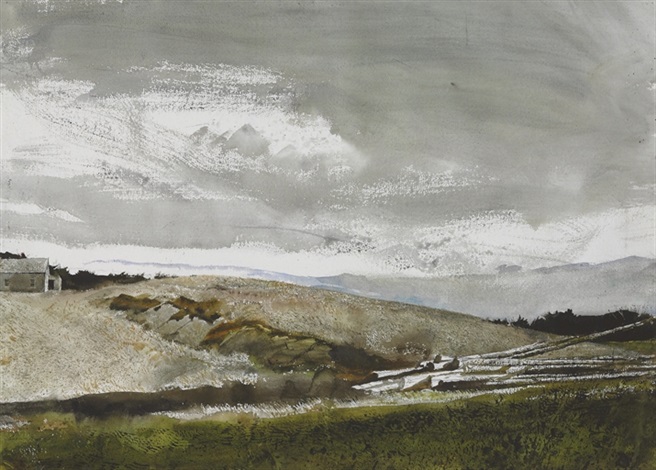Christie’American Art on November 22, 2016
The sale also includes Andrew Wyeth’s The Sexton, which not only demonstrates the artist’s technical mastery of the tempera medium and represents his enduring motifs of isolation and mortality, but appears at auction for the first time, having descended in the family from the Oak Ridge Collection of J.J. Ryan (estimate: $2,000,000 – 3,000,000).
Sotheby’s 18 November 2015
Christie’s 23 May 2014
The sale also includes Andrew Wyeth’s The Sexton, which not only demonstrates the artist’s technical mastery of the tempera medium and represents his enduring motifs of isolation and mortality, but appears at auction for the first time, having descended in the family from the Oak Ridge Collection of J.J. Ryan (estimate: $2,000,000 – 3,000,000).
Sotheby’s 18 November 2015
Sotheby’s will offer three works by Andrew Wyeth from the
collection of Hollywood legend Charlton Heston and his wife, Lydia Heston, as part of its American
Art auction in New York on 18 November 2015.
A longtime admirer of the Wyeth family and of
Andrew’s work in particular, Charlton Heston began a
correspondence with the artist in the 1980s that
quickly grew into a friendship, which included visits
with Andrew and his family in Chadds Ford,
Pennsylvania – a location that served as the inspiration
for so much of the Wyeths’ oeuvre. Charlton later
narrated a documentary on Andrew’s work titled The
Helga Pictures Study, and wrote multiple articles on
Wyeth for publications such as the National Review.
Charlton Heston’s first acquisition of Andrew Wyeth’s
work was
the mesmerizing watercolor Ice Pool (estimate $150/250,000), which he purchased as an anniversary gift for Lydia Heston.
In 1988, Charlton acquired
Flood Plain (estimate $2/3 million), a work that exemplifies the skillful combination of medium, composition and subject that has made Wyeth one of the most significant American artists of the 20th century.
In 1989, Charlton Heston’s son, Fraser Heston, directed him in an adaptation of Robert Louis Stevenson’s Treasure Island. The two decided that N.C. Wyeth’s illustrations from the 1911 edition of the book would serve as inspiration for the production design. Andrew Wyeth allowed the Hestons to create large-scale blow-ups of his father’s work. As a thank you, the Hestons held a screening of the film at the Brandywine River Museum of Art, which houses much of the Wyeth family’s work.
Just before Christmas of 1991, a box marked ‘A. Wyeth’ arrived at the Heston’s house. Charlton waited until Christmas morning to open the package, which contained Study for ‘Flood Plain’ (estimate $20/30,000). In a thank you note to Wyeth, Heston wrote “I haven’t been so excited about a Christmas gift since I was ten years old... You’ve given our family not only a piece of your work, which is both your livelihood and your life, but a part of the process... a private part of your working insides.”
the mesmerizing watercolor Ice Pool (estimate $150/250,000), which he purchased as an anniversary gift for Lydia Heston.
In 1988, Charlton acquired
Flood Plain (estimate $2/3 million), a work that exemplifies the skillful combination of medium, composition and subject that has made Wyeth one of the most significant American artists of the 20th century.
In 1989, Charlton Heston’s son, Fraser Heston, directed him in an adaptation of Robert Louis Stevenson’s Treasure Island. The two decided that N.C. Wyeth’s illustrations from the 1911 edition of the book would serve as inspiration for the production design. Andrew Wyeth allowed the Hestons to create large-scale blow-ups of his father’s work. As a thank you, the Hestons held a screening of the film at the Brandywine River Museum of Art, which houses much of the Wyeth family’s work.
Just before Christmas of 1991, a box marked ‘A. Wyeth’ arrived at the Heston’s house. Charlton waited until Christmas morning to open the package, which contained Study for ‘Flood Plain’ (estimate $20/30,000). In a thank you note to Wyeth, Heston wrote “I haven’t been so excited about a Christmas gift since I was ten years old... You’ve given our family not only a piece of your work, which is both your livelihood and your life, but a part of the process... a private part of your working insides.”
Christie’s 23 May 2014
Three Generations of Wyeth: The Collection of Eric and Cynthia Sambol were offered in the sale on May 23. Comprised of thirteen works by N.C., Andrew, and Jamie Wyeth, the collection includes important and notable works from three generations of arguably the most remarkable American art family dynasty of our time.
Six works by Andrew Wyeth were offered in the Sambols’ collection and Rocky Hill (; estimate: $1,800,000-2,400,000) embodies the hallmarks that have made him one of the most enduring figures in American Art. Andrew often worked in series, becoming devoted to particular locations and the subjects, thereby allowing him to lend sincerity to his style without sentimentality. The subject of Rocky Hill is his faithful dog Nell, who Wyeth often revisited as a subject. The work not only embodies a sense of loneliness, but also pays tribute to the passage of time and the people and places that inhabit the artist’s daily life in Maine and Pennsylvania. The permanence of the forest and terrain juxtaposed with the living creature, standing at attention, make Rocky Hill among Andrew Wyeth’s most profound representations of the theme of the passage of time.
SOTHEBY’S April 16 2014
MAN AND DORY
LOT SOLD. 36,250
Christie's 2014
Six works by Andrew Wyeth were offered in the Sambols’ collection and Rocky Hill (; estimate: $1,800,000-2,400,000) embodies the hallmarks that have made him one of the most enduring figures in American Art. Andrew often worked in series, becoming devoted to particular locations and the subjects, thereby allowing him to lend sincerity to his style without sentimentality. The subject of Rocky Hill is his faithful dog Nell, who Wyeth often revisited as a subject. The work not only embodies a sense of loneliness, but also pays tribute to the passage of time and the people and places that inhabit the artist’s daily life in Maine and Pennsylvania. The permanence of the forest and terrain juxtaposed with the living creature, standing at attention, make Rocky Hill among Andrew Wyeth’s most profound representations of the theme of the passage of time.
Bikini (est. $300/500,000), which was executed
in 1968, was the first work Andrew Wyeth painted featuring Siri Erickson. After
the death of Christina Olson, the subject of Wyeth’s famed painting Christina’s World, Siri filled the void
left by Christina and assumed the role as Wyeth’s model for the next ten years.
In
1982, after summering in Maine for almost sixty years, Andrew Wyeth painted Sea Level (est. $300/500,000), which
depicts the worn, slatted wood siding of a schoolhouse owned by the Wyeths on
Bradford Point. For Wyeth, watercolor allowed him to instantaneously record the
world around him as he saw it. As Wyeth’s career progressed, the bold, fluid watercolors
he had painted in his youth gave way to starker, more tightly executed works
like Sea Level.
Sotheby’s May 21, 2009
The
preeminent figure in
one of America’s most renowned artistic families, Andrew Wyeth died in January
at the age of 91. His widely exhibited tempera painting Buzzard’s Glory, from 1968, will be one of nine works by the artist
offered this May (est. $600/800,000). The picture is among a selection of works
included this season from a Private Minnesota Collection. Wyeth drew most of
his subjects from his immediate surroundings, mainly Chadds Ford, Pennsylvania,
where he was raised and Cushing, Maine, where he spent his summers. Buzzard’s Glory depicts Johnny Lynch, a
Chadds Ford neighbor.
Wyeth
wrote in his autobiography, “I, frankly, was intrigued by his jet-black hair.
Often my interest in a subject comes from apparently insignificant detail.
[...] The title is the section of Chadds Ford – the Italian part of town –
where his family lived for some time. Why Buzzard’s
Glory? Well, this is where people lived who used to shoot buzzards to eat,
and the place was always called Buzzard’s Glory. I can’t imagine how anyone
could live after eating a buzzard.”
Also
among the works on offer by Andrew Wyeth is Independence
Day, from 1961 (est. $300/500,000). In the picture, Wyeth portrays his
longtime friend and neighbor Tom Clark sitting on his porch alongside a
billowing American flag. Clark lived in a small African American community in
Chadds Ford known as “Little Africa,” which had originated as a Quaker stop on
the Underground Railroad. Beginning in 1957, Wyeth produced numerous drawings
and watercolors of Clark, whose physical features captivated the artist.
SOTHEBY’S April 16 2014
ANDREW WYETH
ALONG THE TAIL RACE
LOT SOLD. 62,500
SOTHEBY’S DEC 4 2013
Estimate 120,000 — 180,000
Estimate 200,000 — 300,000
Sold 221,000
Estimate 300,000 — 500,000
Lot Sold 341,000
Estimate 600,000 — 900,000
Lot Sold 1,538,500
Estimate 40,000 — 60,000
Lot Sold 53,125
Estimate 30,000 — 50,000
Estimate 30,000 — 40,000
Lot Sold 81,250
Bonhams November 28 2012
Andrew Wyeth (American, 1917-2009)
Back Entry, 1971 30 x 22in
Sold for US$ 182,500
Bonhams 2007- 2011
Andrew Wyeth (American, 1917-2009)
Late Harvest, 1973 21 3/4 x 30in
Sold for US$ 266,000
SWANN NOVEMBER 2012
ANDREW WYETHThe Mill House at Ivy Mills, Pennsylvania.Estimate $70,000 - $100,000Price Realized (with Buyer's Premium) $60,000- Christie's 2015
-
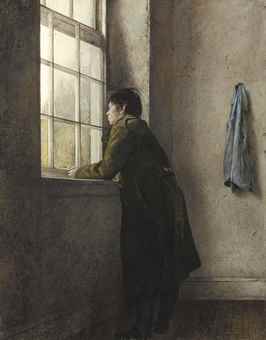
-
Christie's 2014
Christie’s 2007
Christie’s 2006
Christie’s 2001
Christie's 2000
PR 193,000
Christie’s 2011
Christie's 2010
Christie's 2009
PR.$116,500
Jonathan Boos
Andrew Wyeth
The Prussian, 1973
Drybrush
Freemans - 2015
Andrew Wyeth's "Winter Corn Fields" (Lot 81, Estimate $600,000 - 800,000) The work comes to auction from The Estate of Nancy duPont Reynolds Cooch, who had been a childhood friend of Wyeth's .
Copley2016
Jonathan Boos
Andrew Wyeth
The Prussian, 1973
Drybrush
Freemans - 2015
Andrew Wyeth's "Winter Corn Fields" (Lot 81, Estimate $600,000 - 800,000) The work comes to auction from The Estate of Nancy duPont Reynolds Cooch, who had been a childhood friend of Wyeth's .
Copley2016
Andrew Newell Wyeth (1917-2009), Pot Buoys, 1954, watercolor, 8 1/2 by 15 inches, Estimate: $70,000-$80,000


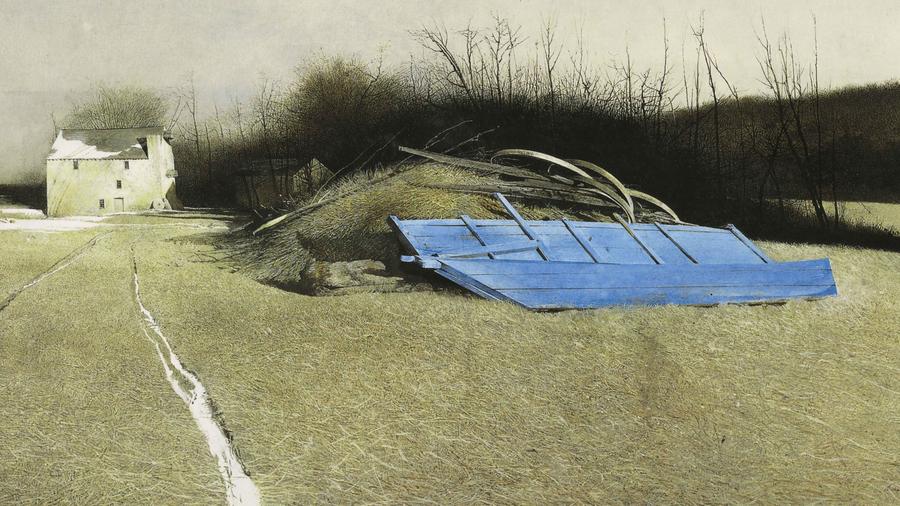
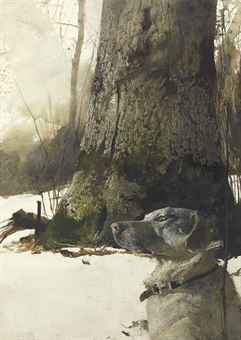
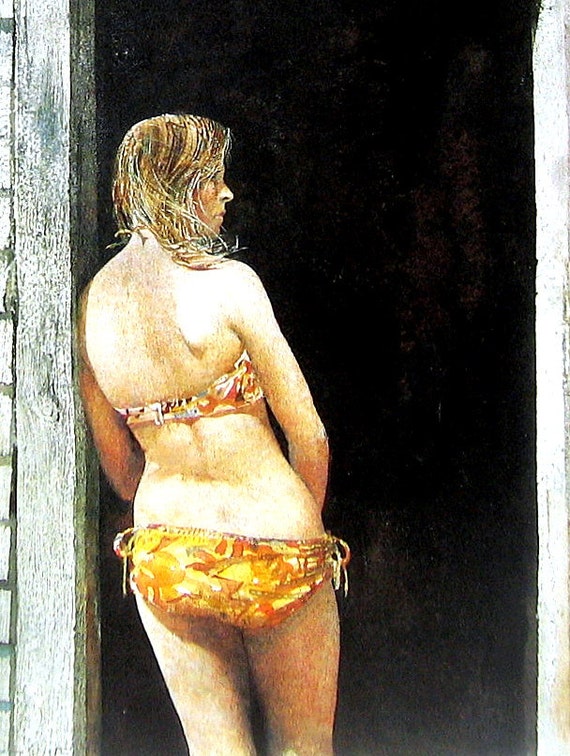
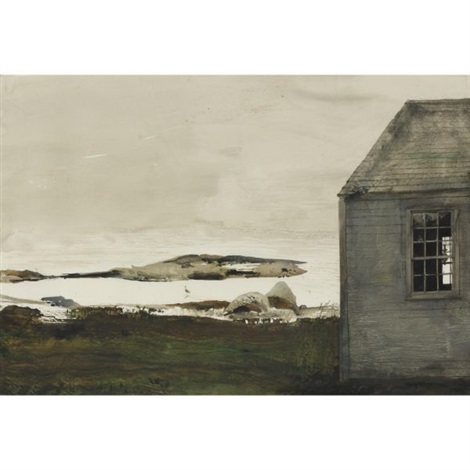
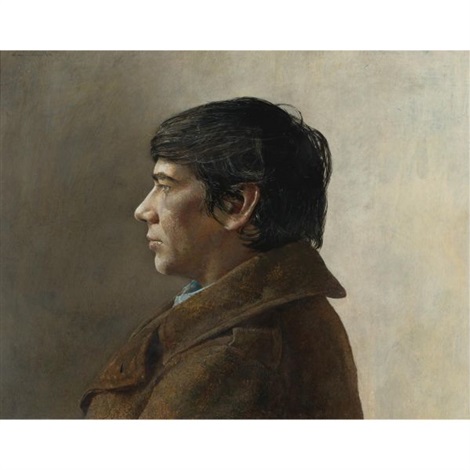



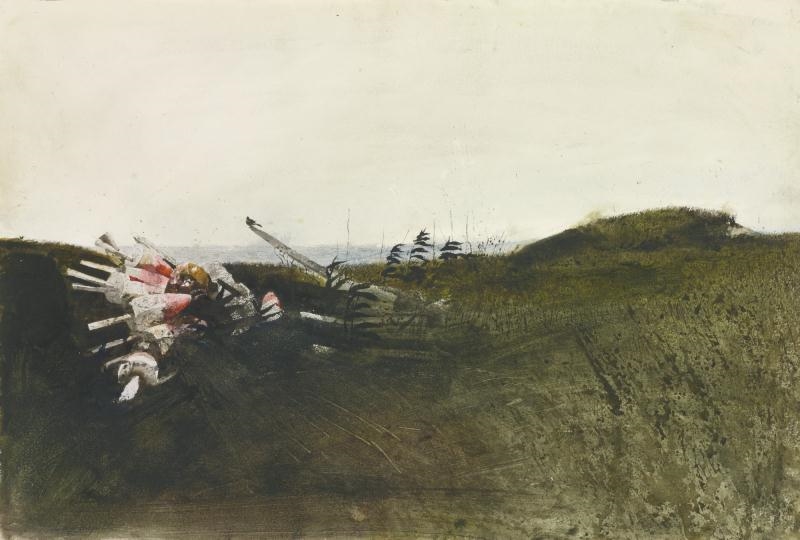







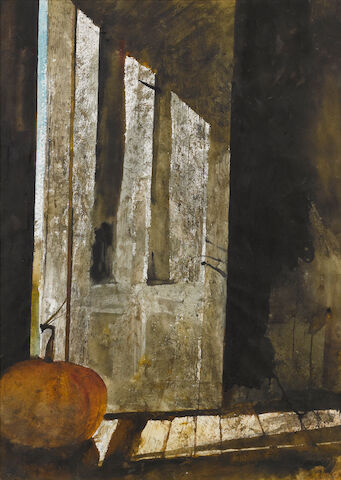
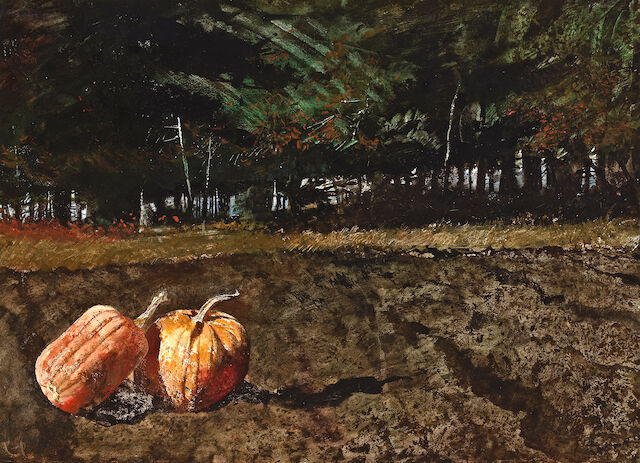

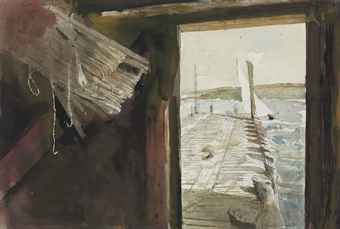
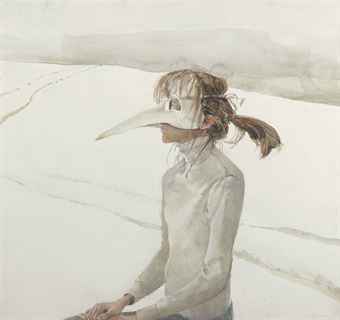

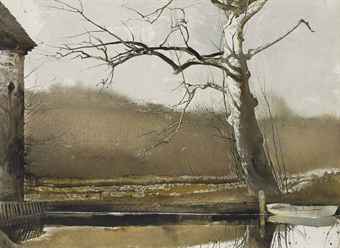
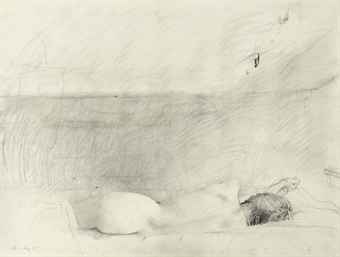
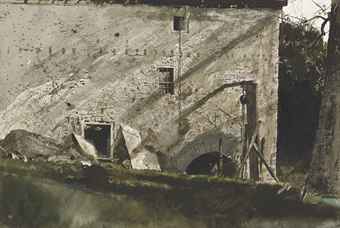
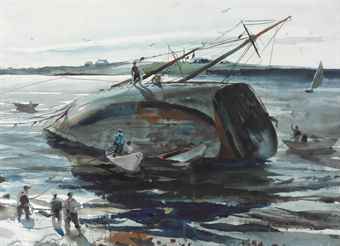
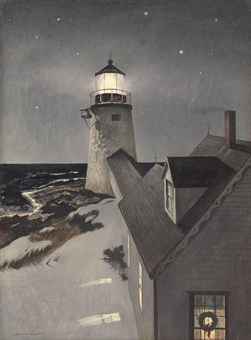
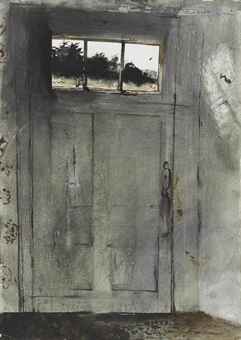
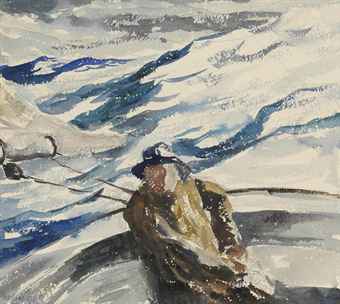
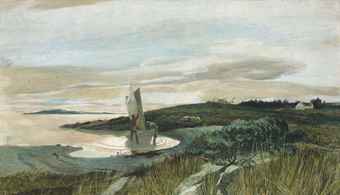
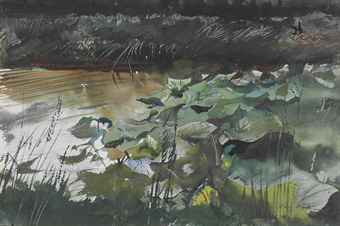
.+Dam+Breast.+1970.+Watercolor+and+pencil+on+paper+.+55.2+x+75.6+cm.jpg)


